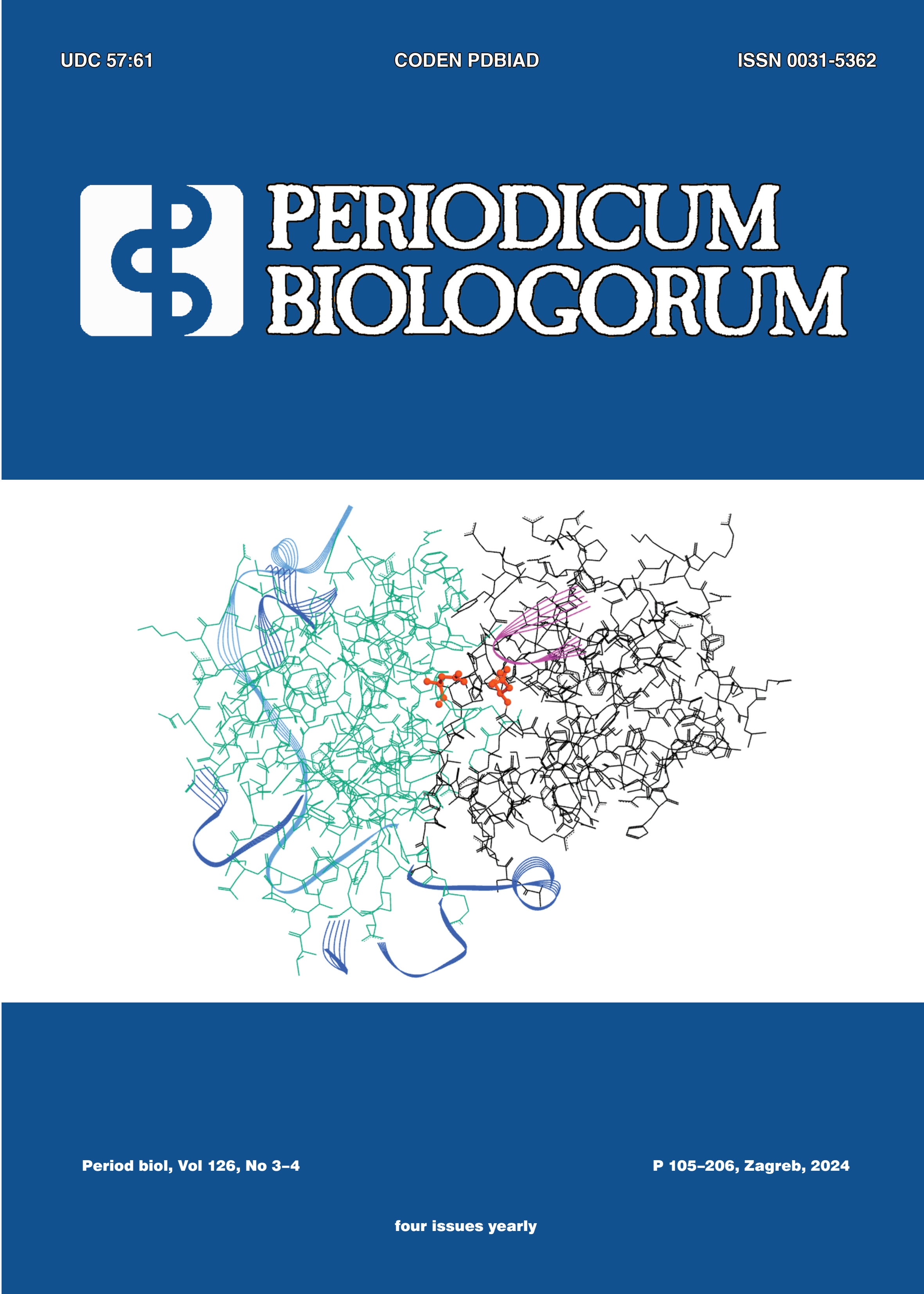Effect of Urtica dioica root hydroalcoholic extract on testosterone and high-calorie diet-induced benign prostate hypertrophy (BPH) in mice
DOI:
https://doi.org/10.18054/pb.v126i3-4.32801Abstract
Background and purpose: Benign prostatic hypertrophy (BPH) is one of the most common pathologies affecting the urogenital system of the elderly man. Urtica dioica, a plant rich in antioxidants, is used in traditional medicine to treat BPH urinary symptoms. This study aims to evaluate the effects of hydroalcoholic extract from Urtica dioica roots on benign prostatic hyperplasia (BPH) induced by testosterone and a high-calorie diet.
Material and methods: Antioxidant activity of plant root extract and polyphenol assay were performed. In vivo experiments included serum biochemical assays and histological analysis of the murine prostate tissue. A population of 16 male mice divided into 4 groups; a control group (group 1), a group 2 receiving an intraperitoneal injection of testosterone (0.5 mL / week) and a high calorie diet (HCD), group 3 received testosterone, HCD and 0.2 mL of the Urtica dioica root hydroalcoholic extract (14.8 mg / mL) and a group 4 received HCD and the extract.
Results: The inhibition rate and the polyphenol content were respectively 21.3 % and 60.3 μg / mL gallic acid. The body weight of the mice (group 2) was 41.15 ± 1.62 g, in contrast to the group 3 which weighed 36.64 ± 1.38 g. A decrease in blood glucose in group 3 (0.84 ± 0.13 g / L) was observed compared to group 2 (1.09 ± 0.32 g / L). Prostate-specific antigen (PSA) was increased in group 2 (0.25 ng / mL) and decreased in group 3 (0.18 ng / mL). In group 2, prostatic glands and fibro-muscular tissue exhibited an enlarged appearance whereas animals treated with Urtica dioica extract had narrower glands and acini of regular shape.
Conclusion: Urtica dioica root hydroalcoholic extract demonstrated a beneficial effect on testosterone and high-calorie diet-induced BPH in mice. The treatment reduced prostate enlargement, improved blood glucose levels, and decreased PSA levels, suggesting potential anti-inflammatory or metabolic regulatory properties. However, the exact mechanisms underlying these effects remain unclear and require further investigation.
Downloads
Published
Issue
Section
License
The contents of PERIODICUM BIOLOGORUM may be reproduced without permission provided that credit is given to the journal. It is the author’s responsibility to obtain permission to reproduce illustrations, tables, etc. from other publications.


